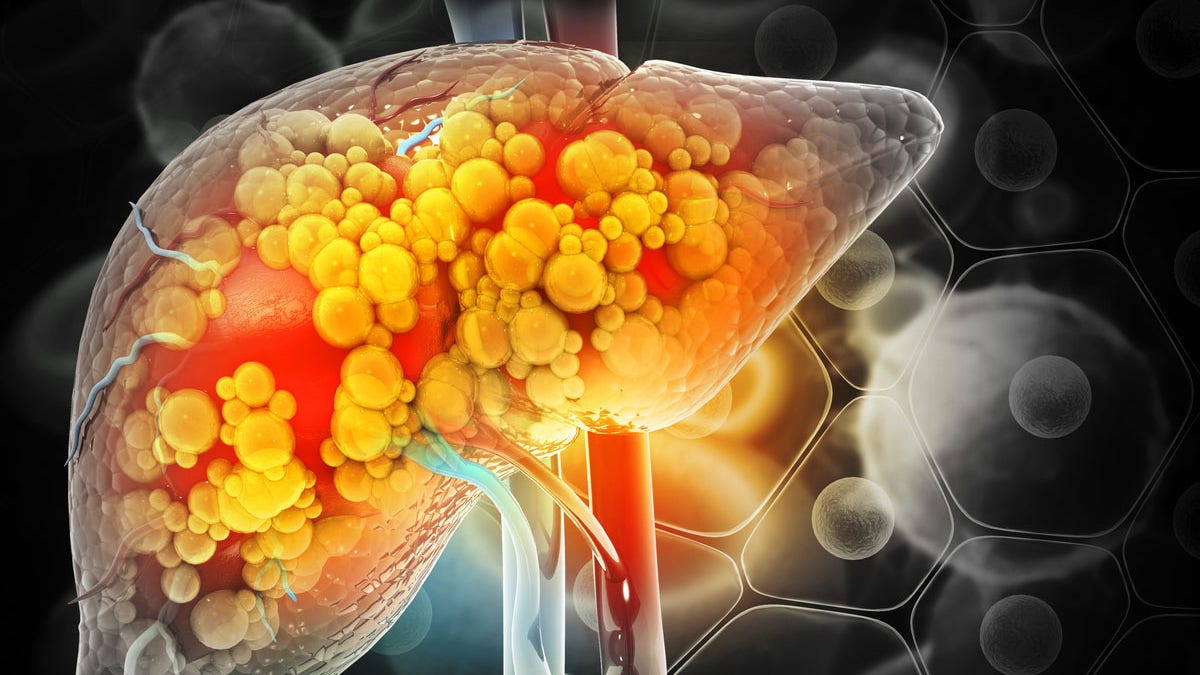A recent study reveals a concerning trend: alcohol-related deaths have nearly doubled over the past two decades, with the sharpest increase observed among young adults aged 25-34. This alarming finding, published in The American Journal of Medicine, stems from an analysis of data from the CDC's WONDER database, showing a rise in mortality rates from 10.7 per 100,000 in 1999 to 21.6 per 100,000 in 2020.

Cardiovascular diseases, including heart attacks and strokes, along with certain cancers and liver cirrhosis, were identified as the primary causes of these alcohol-related fatalities. Obesity and diabetes further compounded the risk. The study author, Dr. Charles H. Hennekens, emphasized the importance of recognizing that moderate to high alcohol consumption poses significant risks of premature death and illness.

While the overall mortality rates were higher in men, the largest proportional increase was seen in women, with rates rising from 4.8 per 100,000 in 1999 to 12 per 100,000 in 2020. Experts suggest several factors contribute to this rise, including the growing "wine culture," targeted alcohol marketing towards women, and increased alcohol presence in family settings. Biological differences also play a role, as women possess less alcohol dehydrogenase, making them more susceptible to alcohol's adverse effects on the liver, heart, and brain. This "telescoping effect" leads to a faster progression of alcohol use disorder and related health issues in women compared to men.




Experts advocate for increased screening for alcohol use in primary care, earlier interventions for individuals with problematic drinking habits, particularly women, and greater support for those choosing sobriety. Further research is needed to inform public health policies aimed at reducing alcohol-related harm.








